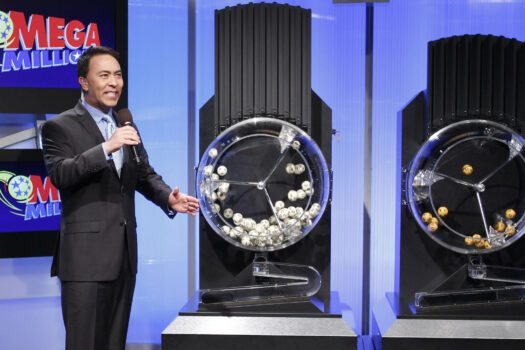What are they and how do they work?
Lottery machines play a crucial role in modern lottery systems by generating the winning numbers. These machines are designed to be tamper-proof and random to ensure that the results of the lottery draw are fair and unbiased. In this article, we will take a closer look at how lottery machines work and what makes them so reliable.
- Types of Lottery Machines: There are two main types of lottery machines – mechanical and electronic. Mechanical machines use spinning drums and ball blowers to mix and select the winning numbers, while electronic machines use computer algorithms to randomly generate the numbers. Both types of machines are widely used, with mechanical machines being more common in smaller lotteries and electronic machines being more commonly used in larger, multi-state lotteries.
- Ball Selection: In mechanical lottery machines, a blower pushes a set of numbered balls into the spinning drum. The balls are mixed and then randomly selected by a device known as a “ball selector”. In electronic lottery machines, the numbers are generated using a random number generator, which ensures that the results are truly random.
- Tamper-Proof Design: One of the key features of lottery machines is their tamper-proof design. Both mechanical and electronic machines are designed to prevent tampering or manipulation of the results. For example, mechanical machines may have sealed chambers that cannot be opened, while electronic machines may have multiple layers of security to prevent unauthorized access.
- Testing and Certification: Before a lottery machine can be used in a drawing, it must undergo a rigorous testing process to ensure that it is functioning properly and is tamper-proof. This may include stress testing, random number generation testing, and other types of tests to verify the reliability of the machine. Once the machine has been tested and certified, it can be used in official lottery drawings.
- Auditing and Monitoring: To further ensure the integrity of the lottery system, all machines are audited and monitored during the drawing process. This may include the use of video cameras, independent auditors, and other measures to ensure that the results of the draw are fair and unbiased.
- The Draw Process: The actual lottery draw is usually a public event, with the winning numbers being displayed on television or online. During the draw, the machine is started and the balls or numbers are selected. The winning numbers are then verified and recorded, and the results are made available to the public.
- Benefits of Lottery Machines: The use of lottery machines has many benefits, including increased fairness and accuracy, improved security, and increased transparency. Additionally, the use of electronic machines has made it possible to run multi-state lotteries, which has increased the size of the prizes and made the lottery more accessible to players across the country.
In conclusion, lottery machines play a crucial role in modern lottery systems by generating the winning numbers in a fair, unbiased, and tamper-proof manner. These machines are designed to be reliable and secure, and they undergo rigorous testing and certification before they can be used in official drawings. With the use of lottery machines, the lottery system has become more transparent, fair, and secure, making it an important tool for promoting transparency and fairness in the lottery industry.







